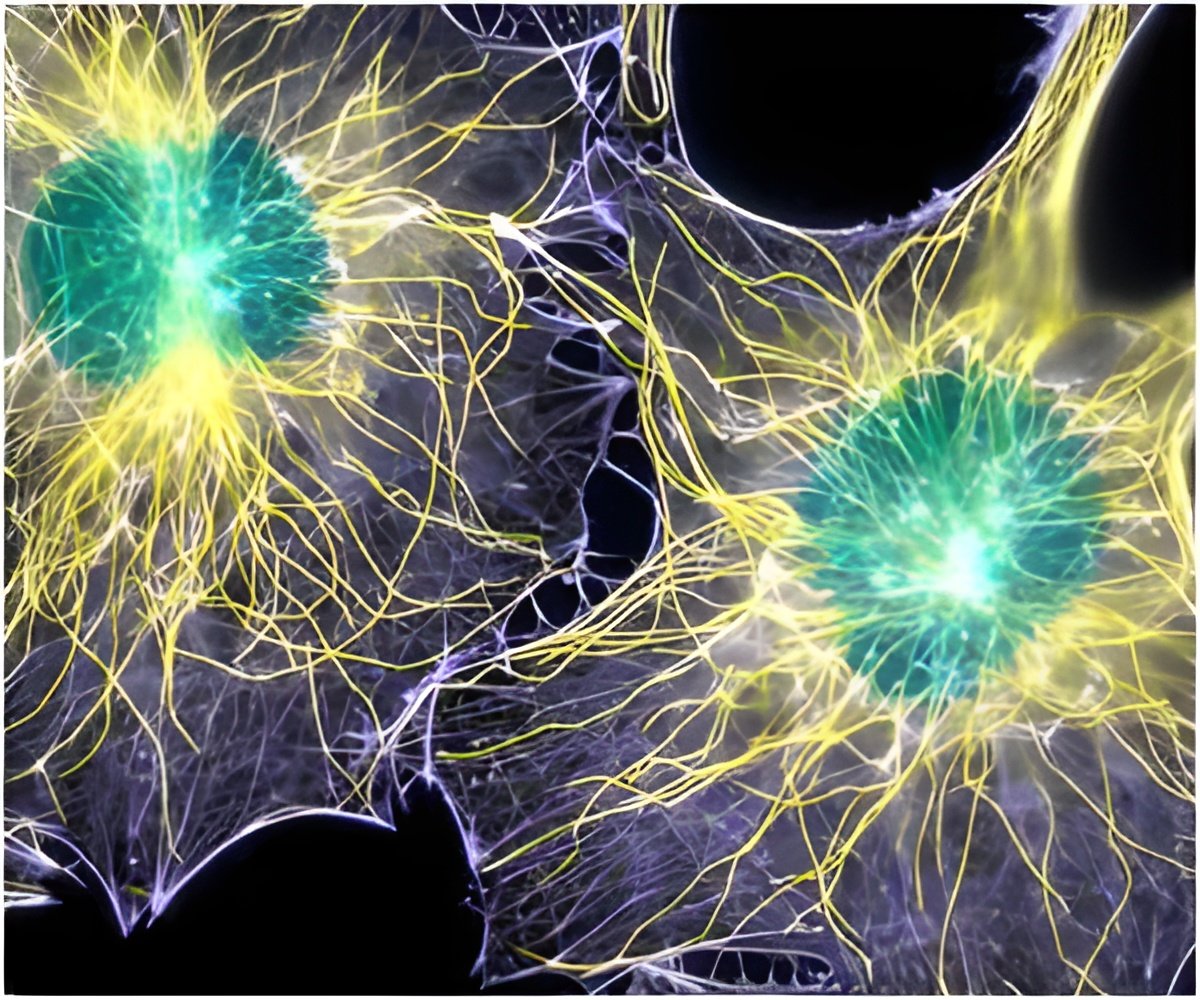For the first time, scientists transform skin cells into a functional network of brain cells.

This research comes at a time of renewed focus on Alzheimer's disease, which currently afflicts 5.4 million people in the United States alone-a figure expected to nearly triple by 2050. Yet there are no approved medications to prevent or reverse the progression of this debilitating disease.
Researchers in the laboratory of Gladstone Investigator Yadong Huang, MD, PhD, described how they transferred a single gene called Sox2 into both mouse and human skin cells. Within days the skin cells transformed into early-stage brain stem cells, also called induced neural stem cells (iNSCs). These iNSCs began to self-renew, soon maturing into neurons capable of transmitting electrical signals. Within a month, the neurons had developed into neural networks.
"Many drug candidates-especially those developed for neurodegenerative diseases-fail in clinical trials because current models don't accurately predict the drug's effects on the human brain," said Dr. Huang, who is also an associate professor of neurology at the University of California, San Francisco (UCSF), with which Gladstone is affiliated.
"Human neurons-derived from reengineered skin cells-could help assess the efficacy and safety of these drugs, thereby reducing risks and resources associated with human trials," he added.
Dr. Huang's findings build on the work of other Gladstone scientists, starting with Gladstone Investigator, Shinya Yamanaka, MD, PhD. In 2007, Dr. Yamanaka used four genetic factors to turn adult human skin cells into cells that act like embryonic stem cells-called induced pluripotent stem cells.
Advertisement
Avoiding the pluripotent state as Drs. Ding and Huang have done is one approach to avoiding the potential danger that "rogue" iPS cells might develop into a tumor if used to replace or repair damaged organs or tissue.
Advertisement
This research has also revealed the precise role of Sox2 as a master regulator that controls the identity of neural stem cells. In the future, Dr. Huang and his team hope to identify similar regulators that guide the development of specific neural progenitors and subtypes of neurons in the brain.
"If we can pinpoint which genes control the development of each neuron type, we can generate them in the petri dish from a single sample of human skin cells. We could then test drugs that affect different neuron types-such as those involved in Parkinson's disease-helping us to put drug development for neurodegenerative diseases on the fast track," said Dr. Huang.
The findings appeared online in Cell Stem Cell.
Source-ANI















